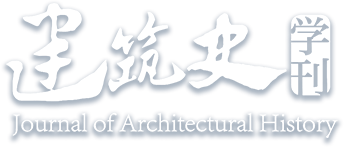Abstract:
Since Tang dynasty, the reverence for Taoism has emerged as a pivotal tool for emperors to propagate and reinforce their imperial authority. Commencing with Emperor Taizong of Song dynasty, a diverse array of deities and an innovative celestial hierarchy were progressively incorporated, prompting the construction of Taoist temples, each boasting unique layouts, to sanctify these divine beings. In this paper, the term “imperial Taoist temples” denotes those in direct service to the emperor, fulfilling political propaganda functions. Drawing upon pertinent historical documents, this paper delves into the probable original blueprints for the imperial Taoist temples during the Song Taizong era. Upon categorization and comparison, it emerges that these temples uniformly adopted a pantheon-worship model in distinct halls, resulting in vast temples with numerous halls and thousands of pillars. Furthermore, they exhibited two organization patterns in their layout plans: the axis-based type and the five-direction type, each suited to different deities. The innovation features in pantheon-worship model and layout of the imperial temples during this period served as an important reference for the construction of imperial temples in the later Northern Song dynasty.


 下载:
下载: